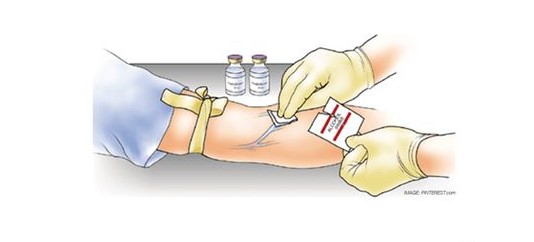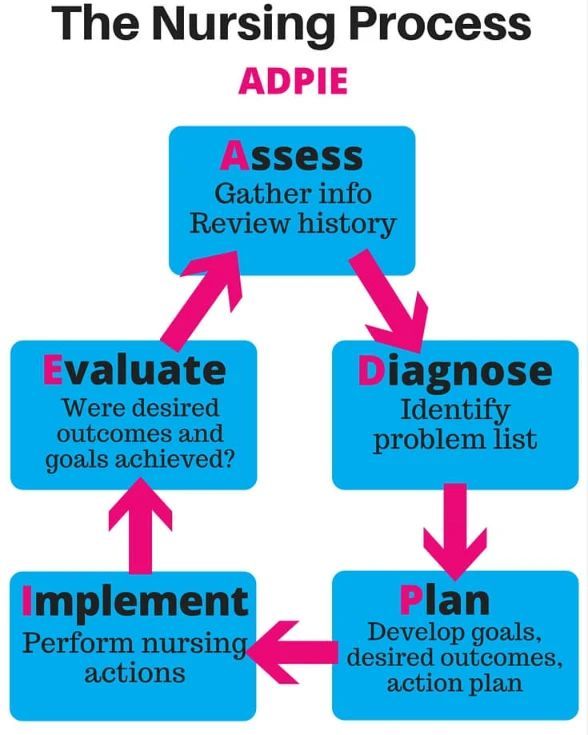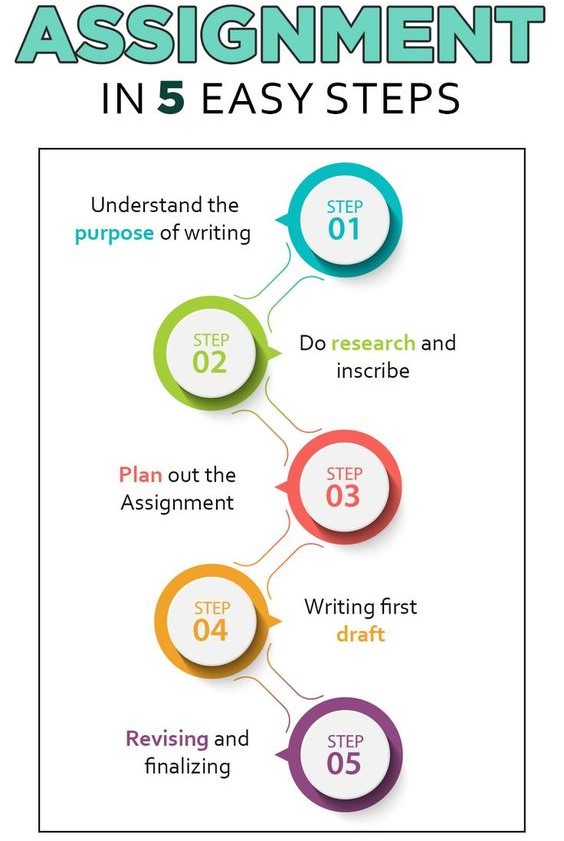
Table of Contents
The nursing assignment about IV insertion is a common task for students, offering an opportunity to delve into the critical skill of administering intravenous fluids and medications. This task requires a thorough understanding of the procedure, its complexities, and its impact on patient care.
This guide will equip you with the knowledge and strategies to craft a comprehensive and impactful nursing assignment on IV insertion. It will also highlight the common mistakes in writing nursing assignments and provide ways to avoid and address them for success.
Defining IV Insertion
Whether you are writing an essay, a research paper, thesis, case study, dissertation or any other nursing assignment about IV insertion, the first step is to describe the subject and what it entails.
IV insertion, also known as intravenous cannulation, is a medical procedure that involves inserting a thin, flexible tube called a catheter into a vein. This allows for the administration of fluids, medications, or blood products directly into the bloodstream. Here are the key elements of the procedure:

1. Preparation:
- Gathering supplies: The medical professional will gather the necessary materials, including a sterile IV catheter, antiseptic wipes, gauze pads, tourniquet, and gloves.
- Hand hygiene: The medical professional will wash their hands thoroughly to prevent infection.
- Patient preparation: The patient’s arm will be cleaned with an antiseptic solution and a tourniquet will be applied to make the veins more prominent.
2. Vein selection:
- Visual assessment: The medical professional will choose a suitable vein based on its size, location, and accessibility.
- Palpation: The vein will be gently palpated to confirm its location and ensure it is not a fragile or superficial vein.
3. Cannulation:
- Stabilization: The chosen vein will be stabilized to prevent movement during insertion.
- Insertion: The medical professional will use a sterile needle to puncture the vein and insert the catheter.
- Confirmation: The medical professional will confirm the correct placement of the catheter by observing blood flow back through the tubing.
4. Securement:
- Secure the catheter: The catheter will be secured in place with a dressing and tape to prevent accidental removal.
- Labeling: The IV site will be labeled with the date, time, and type of catheter used.
5. Monitoring:
- Continuous monitoring: The IV site will be monitored regularly for signs of complications, such as infiltration (fluid leaking into surrounding tissue) or phlebitis (inflammation of the vein).
- Fluid administration: Once the IV is secured, fluids or medications can be administered through the catheter.
Key Considerations:
- Aseptic technique: It is crucial to maintain a sterile environment throughout the procedure to prevent infection.
- Patient comfort: The medical professional should communicate with the patient throughout the process and ensure their comfort.
- Proper documentation: All details of the IV insertion, including the location, type of catheter, and date and time, should be documented in the patient’s medical record.
It’s important to note that IV insertion should only be performed by qualified medical professionals. If you are considering IV insertion, please consult with your healthcare provider to ensure it is the right procedure for your situation.
How Write a Compelling Nursing Assignment about IV Insertion
Understanding the Assignment: A Framework for Success
Before diving into the writing process, it’s essential to understand the specific requirements of your nursing assignment about IV insertion. Ask yourself:
- What is the assignment’s focus? Is it a general overview of the procedure, a specific complication associated with IV insertion, or an analysis of the ethical considerations surrounding consent and patient autonomy?
- What are the expected length and format? Is it a research paper, a case study, or a reflective essay?
- What are the specific learning objectives the assignment aims to achieve?
- What are the key concepts and theories that need to be addressed?
Answering these questions will help you establish a clear framework for your assignment, ensuring you address all the necessary components.
Crafting a Winning Structure: A Roadmap for Your Writing
A well-structured nursing assignment about IV insertion demonstrates clear thinking and logical progression. Consider the following outline:
1. Introduction:
- Hook: Start with a compelling introduction that grabs the reader’s attention. This could be a real-life scenario, a surprising statistic, or a thought-provoking question.
- Background: Briefly introduce IV insertion as a fundamental nursing skill.
- Thesis Statement: Clearly state the main argument or objective of your nursing assignment about IV insertion. For example, “This paper will explore the importance of sterile technique in preventing complications during IV insertion.”
- Roadmap: Briefly outline the key points that will be discussed in the subsequent sections.

2. Body Paragraphs:
- Anatomy and Physiology: Begin by providing a concise explanation of the relevant anatomy and physiology of the vascular system. This section should be tailored to the specific topic of your nursing assignment about IV insertion. For example, if your focus is on peripheral IV insertion, discuss the structure and function of veins in the extremities.
- Procedure and Techniques: Describe the step-by-step process of IV insertion, including:
- Preparation: This includes gathering supplies, hand hygiene, and preparing the patient.
- Site Selection: Discuss the criteria for choosing an appropriate IV site, including factors like vein size, accessibility, and patient comfort.
- Insertion Technique: Explain the procedure in detail, including how to perform venipuncture, secure the catheter, and flush the line.
- Post-Insertion Care: Describe the necessary monitoring and care after IV insertion, including signs of complications, dressing changes, and medication administration.
- Complications and Management: Discuss potential complications associated with IV insertion, such as:
- Infiltration and Extravasation: Explain the causes, signs, and management of these common complications.
- Phlebitis: Describe the different types of phlebitis, their risk factors, and how to prevent and treat them.
- Infection: Discuss the potential for infection, infection control measures, and the importance of sterile technique.
- Ethical Considerations:
- Informed Consent: Analyze the legal and ethical implications of obtaining informed consent for IV insertion.
- Patient Autonomy: Discuss the importance of respecting patient autonomy and ensuring their involvement in the decision-making process.
- Pain Management: Address the ethical obligation to minimize pain and discomfort during IV insertion.
- Evidence-Based Practice:
- Research Findings: Review relevant research findings on best practices for IV insertion, including the use of ultrasound guidance or specific catheter types.
- Guidelines and Protocols: Refer to national guidelines and hospital protocols for IV insertion procedures.
- Evidence-Based Nursing Interventions: Discuss the rationale for specific nursing interventions based on evidence.

3. Conclusion:
- Summary of Main Points: Briefly recap the key takeaways from your nursing assignment about IV insertion.
- Reiterate Thesis Statement: Restate the central argument or objective of your assignment.
- Implications for Practice: Discuss the practical implications of the information presented in your assignment for nurses and patients.
- Future Directions: Suggest areas for further research or future developments in the field of IV insertion.
Writing Tips for a Stellar Nursing Assignment about IV Insertion
- Be Clear and Concise: Use precise language and avoid jargon.
- Evidence-Based: Support your claims with credible sources, such as peer-reviewed journals, textbooks, and professional guidelines.
- Use Visuals: Incorporate diagrams, tables, and images to enhance clarity and reader engagement.
- Professional Tone: Maintain a formal and objective writing style.
- Proofread and Edit: Carefully proofread your work for any errors in grammar, spelling, and punctuation.

Additional Tips for a More Engaging Nursing Assignment about IV Insertion
- Use Real-Life Examples: Include case studies or patient scenarios to illustrate the concepts discussed.
- Connect to Nursing Practice: Highlight the relevance of IV insertion to the nursing profession and its impact on patient care.
- Reflect on Personal Experiences: If appropriate, share your own experiences with IV insertion as a student nurse or as a registered nurse.
- Engage in Critical Thinking: Analyze and evaluate different perspectives on IV insertion, including the ethical implications and the potential impact of new technologies.
Common Pitfalls in Writing Nursing Assignments and How to Avoid Them
Here are some common pitfalls in writing nursing assignments, along with tips to avoid them:
Content and Research:
- Lack of Strong Thesis/Argument: Failing to clearly state your main point or argument makes it difficult for the reader to follow your reasoning.
- Weak Evidence/Insufficient Research: Reliance on anecdotal evidence or unreliable sources weakens your claims.
- Ignoring opposing viewpoints: A balanced argument acknowledges and addresses opposing viewpoints, demonstrating a thorough understanding of the topic.
- Overly broad topic: Trying to cover too much ground leads to superficial analysis. Choose a focused topic that you can explore in depth.
- Lack of Relevance to Nursing Practice: Ensure your assignment is connected to real-world nursing scenarios and demonstrates its practical application.
Structure and Organization:
- Poor organization: A lack of clear structure makes your writing difficult to follow. Use headings, subheadings, and transitions to guide the reader.
- Lack of flow: Sentences and paragraphs should flow logically from one to the next, creating a coherent narrative.
- Not adhering to formatting guidelines: Pay close attention to formatting requirements (font, spacing, margins, citations) as they can impact your grade.
- No conclusion: A strong conclusion summarizes your main points and leaves a lasting impression on the reader.

Writing Style and Language:
- Informal language/slang: Maintain a professional and academic tone, avoiding colloquialisms or slang.
- Lack of clarity and conciseness: Use clear and concise language, avoiding jargon or overly complex sentence structures.
- Grammatical errors and typos: Proofread carefully to catch any errors in grammar, spelling, and punctuation.
- Plagiarism: Always cite your sources properly to avoid academic dishonesty.
Other Common Mistakes:
- Ignoring deadlines: Plan your time effectively to avoid last-minute rush and ensure your work is submitted on time.
- Not seeking feedback: Get feedback from peers, mentors, or professors to improve your writing.
- Not understanding the assignment requirements: Carefully read and understand the assignment prompt and rubrics to ensure your work meets the expectations.
Tips for Avoiding Pitfalls:
- Start early and plan ahead: Give yourself ample time for research, writing, and revising.
- Develop a strong thesis statement: What is the central argument you want to make?
- Conduct thorough research: Use credible sources such as peer-reviewed journals, reputable websites, and textbooks.
- Organize your thoughts: Create an outline before you start writing to ensure logical flow.
- Write clearly and concisely: Use precise language and avoid unnecessary jargon.
- Proofread and edit carefully: Catch any errors in grammar, spelling, and punctuation.
- Cite your sources properly: Use a consistent citation style throughout your paper.
- Seek feedback from others: Get input from peers, mentors, or professors to improve your work.
- Practice, practice, practice: The more you write, the better you will become at it.
Writing a successful nursing assignment requires careful planning, research, and attention to detail. By avoiding these common pitfalls, you can produce a high-quality paper that demonstrates your understanding of the subject matter.
Mastering the Nursing Assignment about IV Insertion
The nursing assignment about IV insertion offers a valuable opportunity to deepen your understanding of this fundamental skill. By employing the strategies outlined in this guide, you can craft a comprehensive and insightful assignment that showcases your knowledge, critical thinking abilities, and commitment to patient safety. Remember, a well-written nursing assignment about IV insertion will not only demonstrate your mastery of the subject but also contribute to your professional growth as a future nurse.

Remember:
- This guide is a starting point for writing a nursing assignment about IV insertion. Tailor your assignment to the specific requirements and focus of your course.
- Always cite your sources carefully and accurately.
- Seek guidance from your instructor or a nursing professional if you need help or clarification.
By following these tips and guidelines, you can create a stellar nursing assignment about IV insertion that will impress your instructor and demonstrate your commitment to providing safe and effective patient care.
Get Help with a Nursing Assignment About IV Insertion
Crafting an engaging nursing assignment about IV insertion can take a heavy toll even on the best students. Getting professional nursing assignment help from Nursing Papers will save you the stress and, ensure a top-notch paper that attracts higher grades. We guarantee customized assignment help for nursing essays, research papers, case studies and dissertations.







